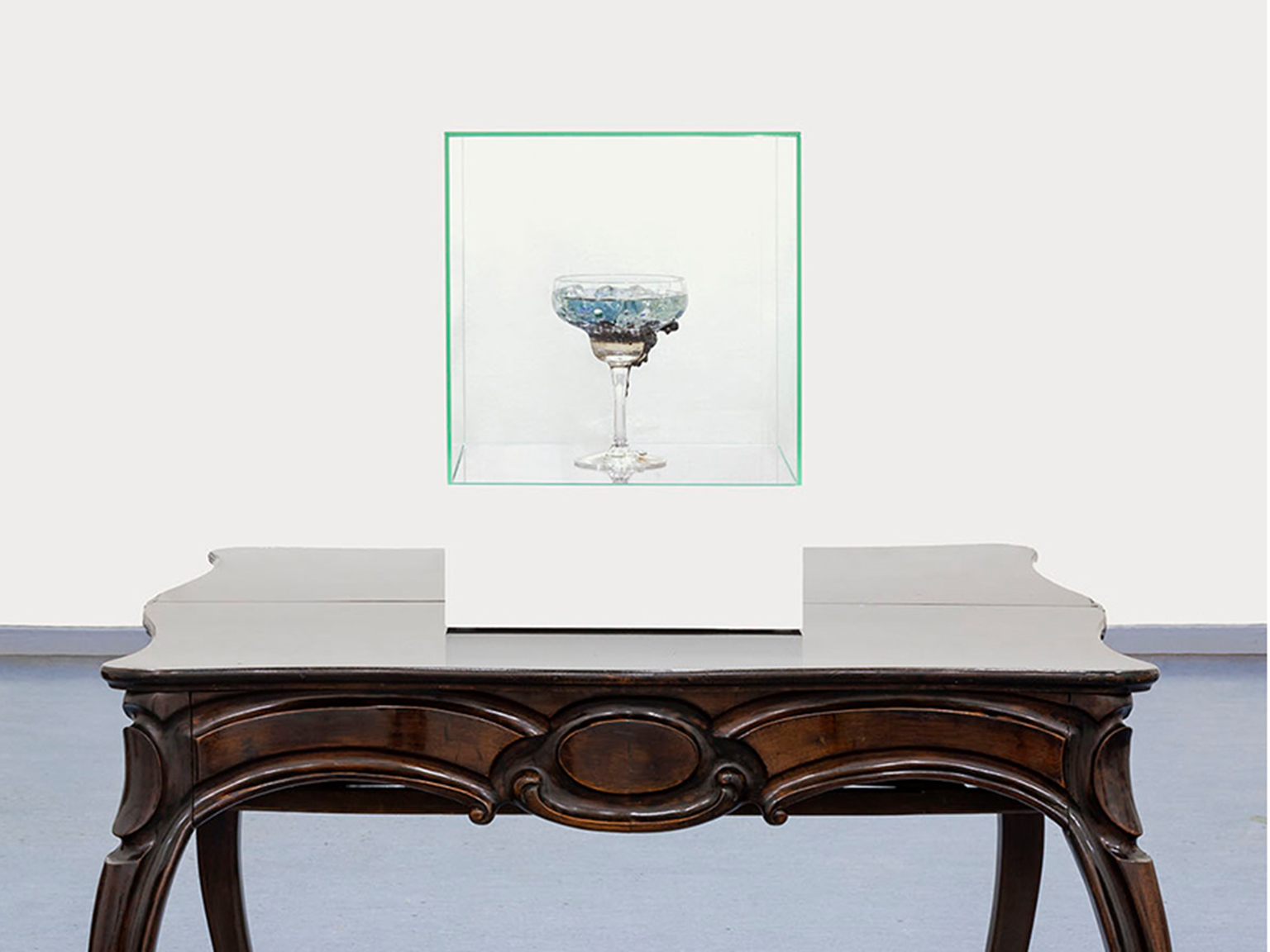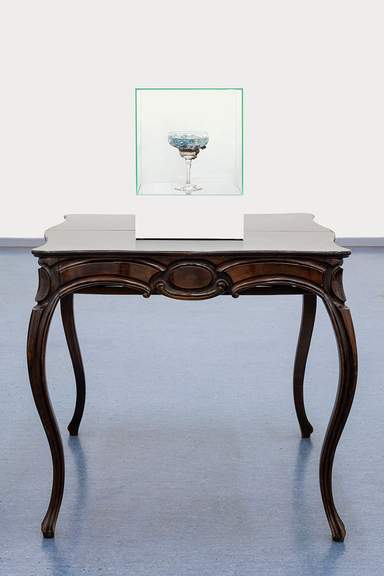Exhibition

Ane Graff: The Goblets
The Goblets is a new series of sculptures by research fellow Ane Graff, presented at Ila pensjonat studios by 1857.
Time: Opens Friday February 1, 19.00 – 21.00. The exhibition is up until February 17, Wednesday – Saturday from 12.00 – 17.00, and by appointment.
Venue: 1857, Ila pensjonat studios, in studio 220 on the second floor, Waldemar Thranes gate 70.
Internalising materials changes the composition of the self, whether by means of metals (like the mercury, zinc and copperfound in dental amalgam), medications (anti-anxiety and hormonal therapy drugs are known to be implicated in Alzheimer's disease and Lupus, respectively), air-borne pollutants (road dust contains variouspolycyclic organic hydrocarbons,phthalates, benzothiazoles and plasticisers), pesticides (containing hexachlorocyclohexane or rotenone), or food additives (for example artificial sweeteners or unsaturated fatty acids) or residues from food production (like the antibiotic residue from cow's milk).
These materials are ubiquitous in our surroundings, in the food we eat, the clothes we wear, the pills we take and the air we breathe. Thus the very nature of our existence contradicts our modes of self-explanation. Or, more precisely, the contradictory nature of our biological existence brings us face to face with the horror of self-poison.
More on the exhibition see
1857
, founded in 2010, aims to forge connections between the Norwegian art scene and young artists abroad. It is a place to convene and converge, receive, answer and honour contemporary art in Oslo. Supported by Arts Council Norway
Ane Graff (b. 1974, Bodø, Norway) lives and works in Oslo. She graduated from Bergen National Academy of the Arts in 2004 and currently holds a position of research fellow at the Academy of Fine Art, Oslo National Academy of the Arts. Recent and upcoming exhibitions include "Earth – Body" at Museo de Geología UNAM, Mexico City; the Art Encounters Biennial 2019, Timișoara, Romania; "Soon Enough: Art in Action", Tensta Konsthall, Stockholm; “Myths of the Marble”, Henie Onstad Kunstsenter, Oslo, and the Institute of Contemporary Art, Philadelphia; the 11th Gwangju Biennale “The Eighth Climate (What Does Art Do?)”, Gwangju; and ”Surround Audience -The New Museum Triennial 2015", NY. Ane Graff is part of "Weather Report – Forecasting Future" at the Nordic Pavilion at the 58th Venice Biennale, curated by Leevi Haapala and Piia Oksanen of KIASMA, Helsinki.
